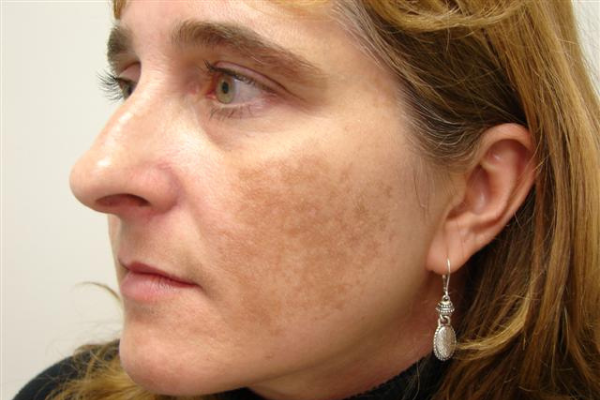
Melasma and its causes
Melasma is a skin ailment that appears as brown or blue-gray patches or freckles. It's also known as the "pregnancy masks." Melasma is caused by an overproduction of the cells that give your skin its colour. It is common, safe, and some treatments may be beneficial. After some months, melasma normally fades.
Melasma becomes less likely to affect fair-skinned persons than those with darker brown skin or those who tan easily. Melasma is more common in women than in males: roughly 10% of melasma sufferers are men, whereas 90% are women. Melasma affects pregnant ladies more than the others. If you use oral contraceptive pills or hormone, you're also at danger. The brown patches on the face, notably on the cheeks, nasal bridge, and forehead occurs due to melasma.
Melasma most commonly appears on the face in the following areas: the nostrils' bridge, the cheekbones and the forehead, the mouth's upper lip and the chin.
Melasma can be triggered by:
- Hormonal changes in pregnancy (chloasma)
- birth control pills or hormone therapy
- sun exposure
- If certain skin care products irritate a person's skin, they should be avoided.
- Some pills, such as anti-seizure medications and those that make the skin more sensitive to sunlight, such as retinoid, some blood pressure pills, and even certain antibiotic, make the skin more susceptible to sunlight.
A dermatologist would likely recommend a high-SPF sunscreen to prevent melasma. Melasma can endure for years or perhaps the rest of a person's life in some cases. If the patches of melasma do not diminish over time, a person can seek treatment to help remove or fade them.

